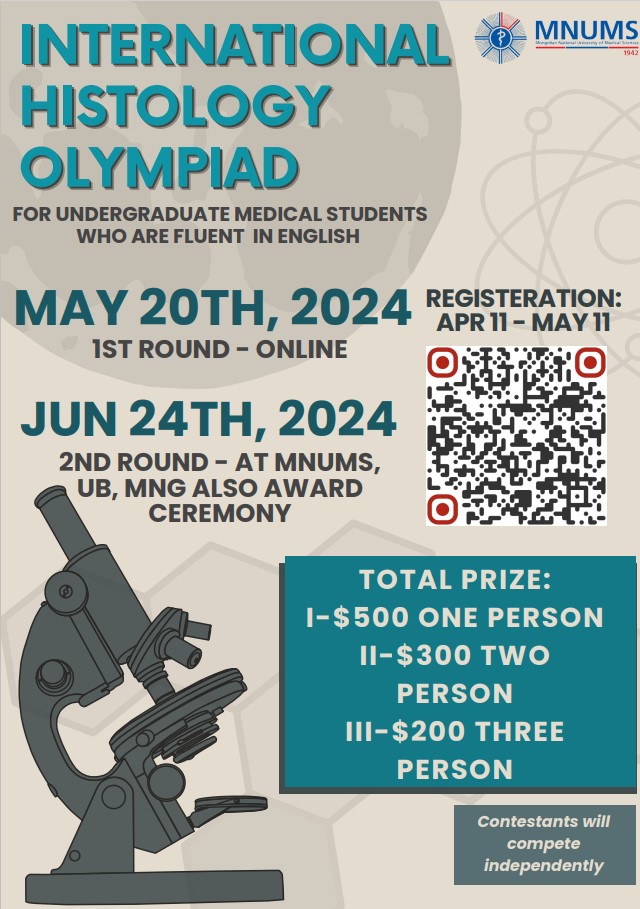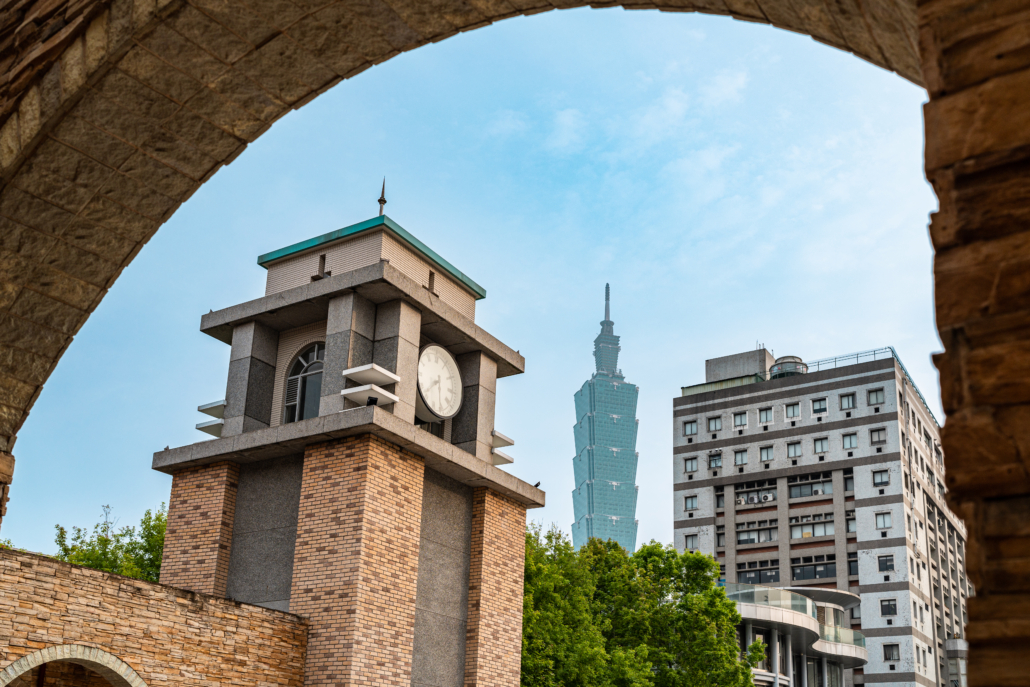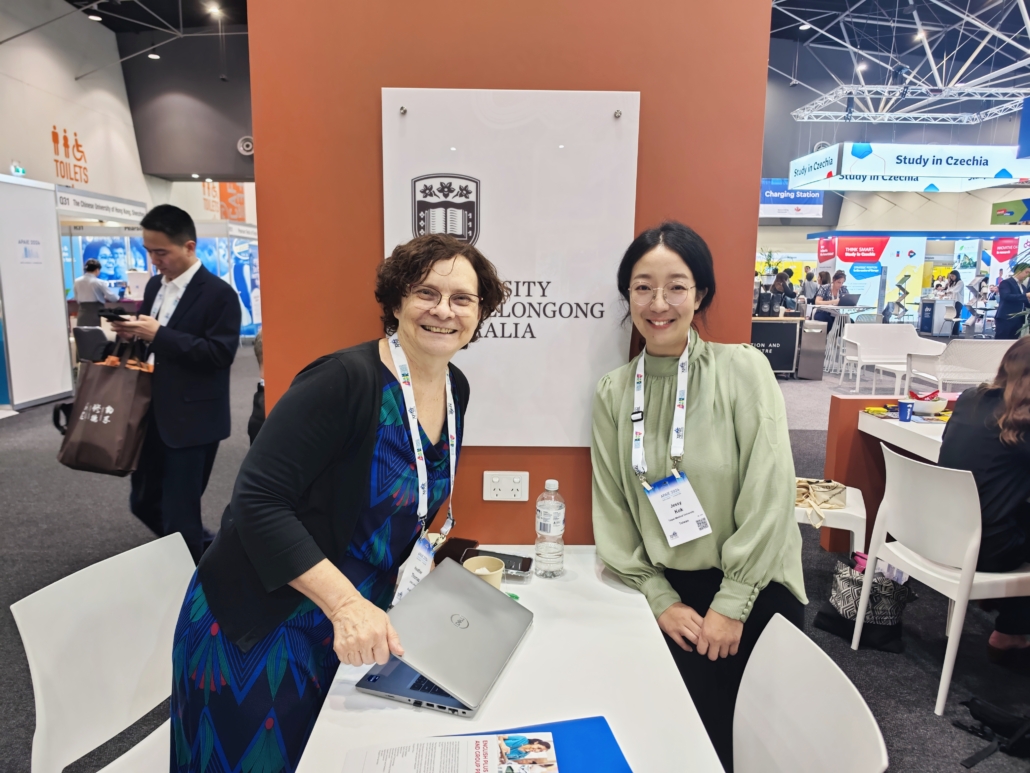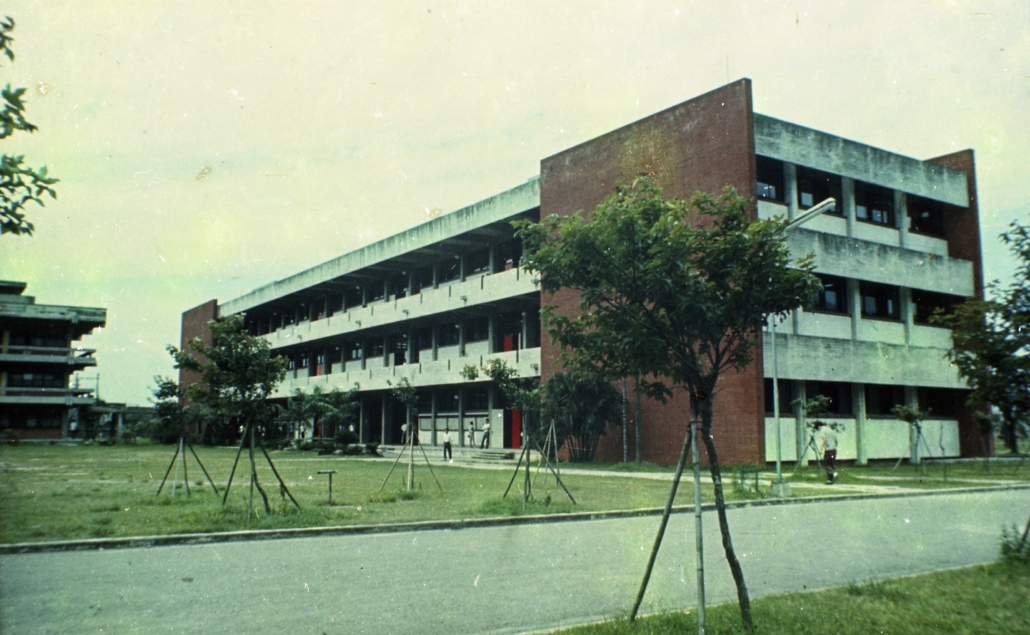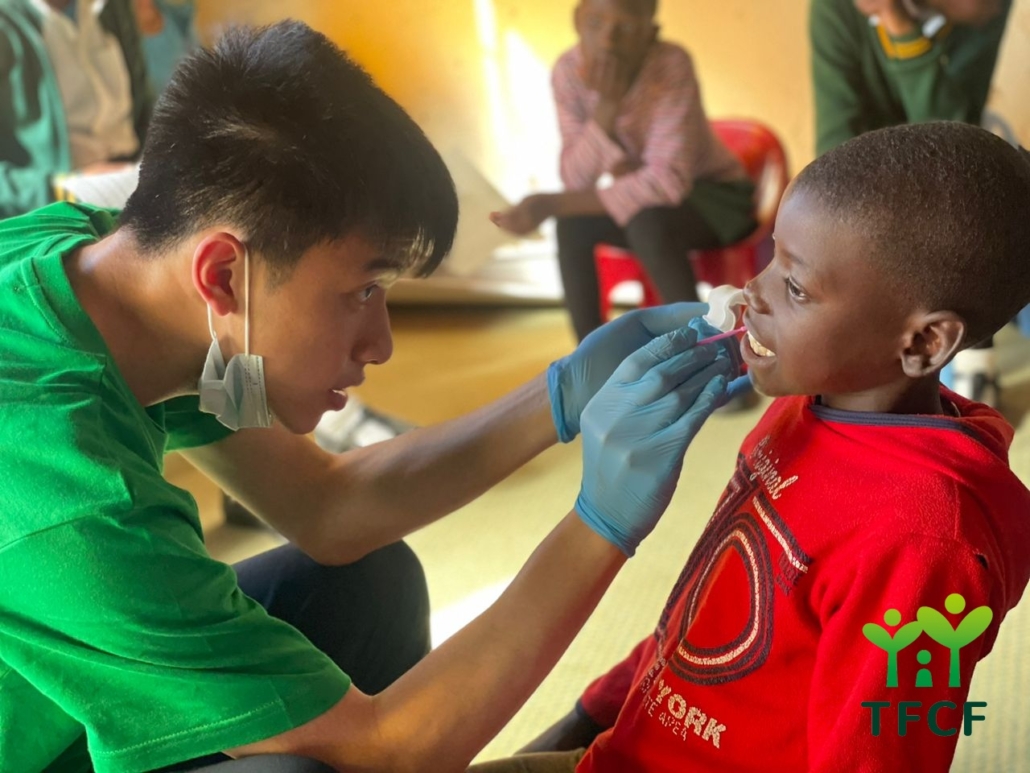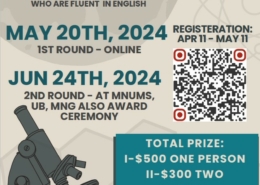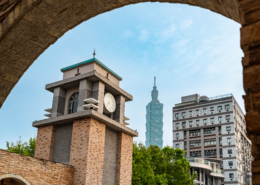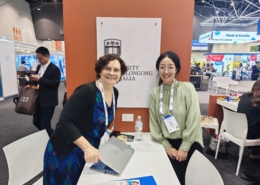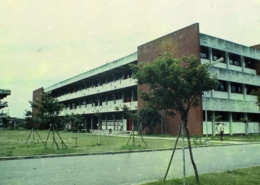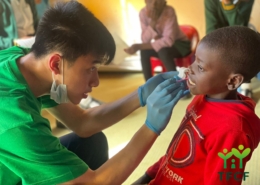Millet culture exhibition showcases indigenous tribes
Source: College of Humanities and Social Sciences
Published on 2019-08-23
Taipei Medical University has long collaborated with indigenous tribes in Hsinchu County on cultural preservation and communication projects.
Their most symbolic traditional produce is millet, and in recent years the restoration efforts have generated positive results. In March 2019, the College of Humanities and Social Sciences held a two- week long special exhibition, Ps’urux gaga kinhmgan trakis Tayal (Reconstructing the millet traditions of the Tayal people), to show this story in three indigenous tribes.
TMU has made alliances with the Smangus(司馬庫斯), Cinsbu(鎮西堡)and Tbahu(田埔)tribes and established partnerships focusing on restoration of millet and promotion of culture. Director Yih-Ren Lin(林益仁)of the Graduate Institute of Humanities in Medicine points out that millet is a key cultural symbol of the indigenous tribes, and although it has declined due to market and cash crops, the millet culture is reawakening as tribal autonomy becomes increasingly important.
Each indigenous group plants specific strains of millet based on geographical and ecological conditions, and each strain has its own tribal name. One millet strain has different names, uses and legends in different tribes, and each tribe has different rituals for sowing, growing and harvesting millet.

Photo: Pastor Yapit Tali(達利牧師)(left) of the Cinsbu tribe gifting millet to Dean Timothy Lane (藍亭)of the College of Humanities and Social Sciences (right)

Photo: Indigenous people use millet in inheritance rituals
The millet special exhibition jointly held by TMU and the tribes used videos and text to describe the thoughts, feelings and stories of planting millet. Nine major millet strains were on display, as were traditional traps set to protect the millet fields. The tribes even loaned a hundred-year-old millet mortar, used in the making of millet cake.

Millet cake making

Exhibition area
At the opening ceremony, representative from the tribes offering their blessings with songs, and gave millet ears to symbolize the relationship between TMU and the Tayal people. The long-term collaboration also is marked by TMU’s provision of social education and services, health care and produce promotion assistance. Director Lin said this exhibition also is an important attempt to connect the tribes and townships for mutual benefit as well as academic applications.

Tribal representatives singing blessings

Smangus youths sharing millet wine and passing blessings

